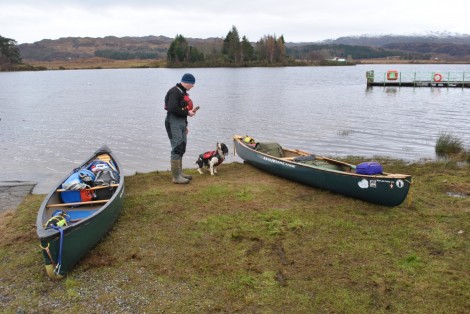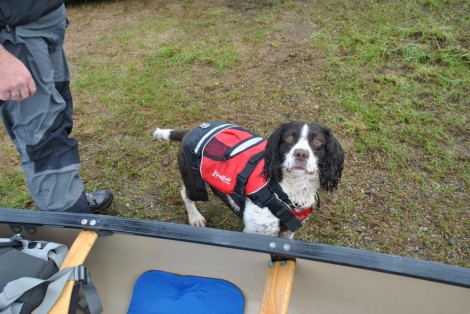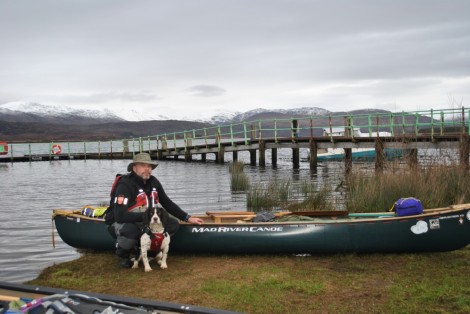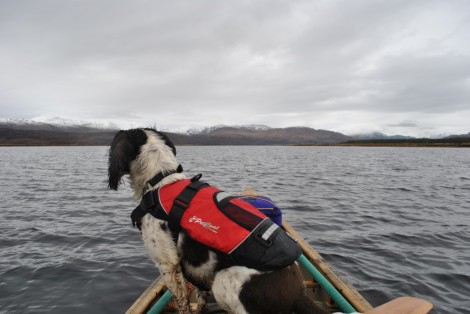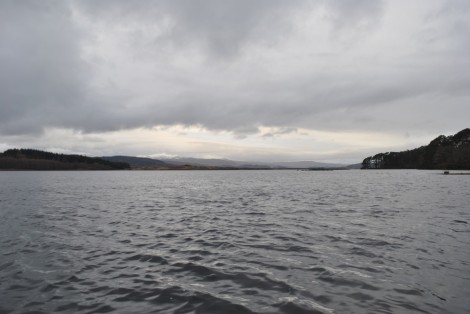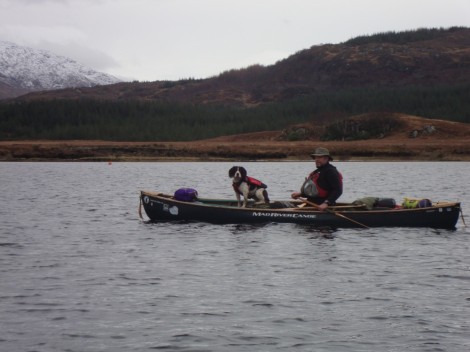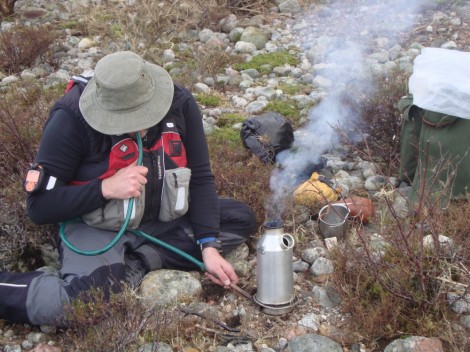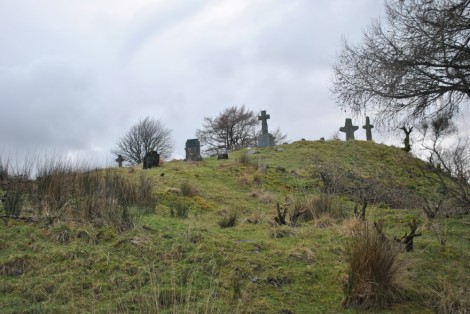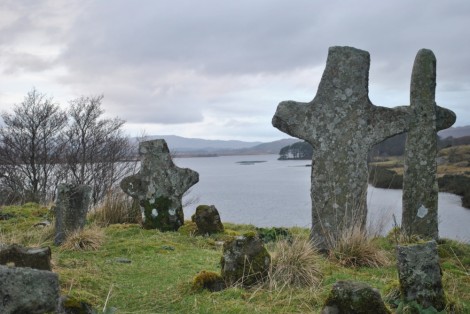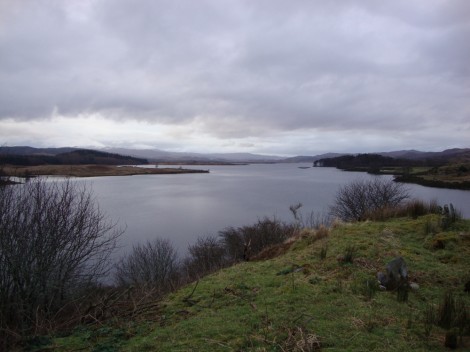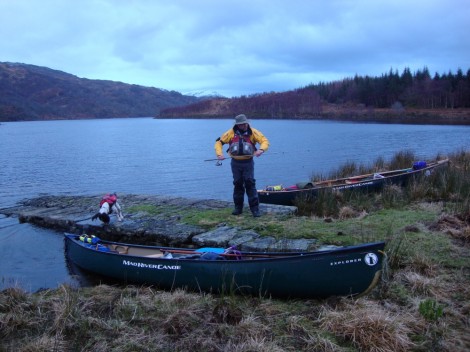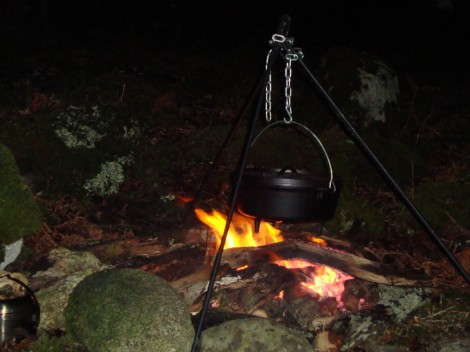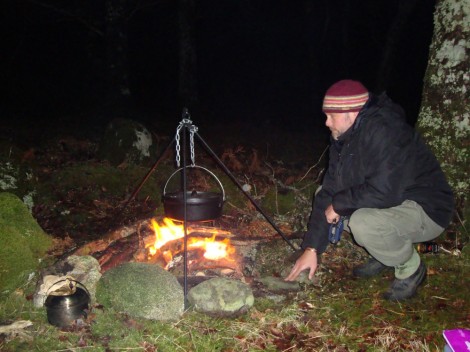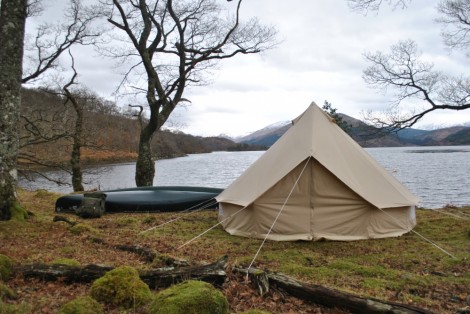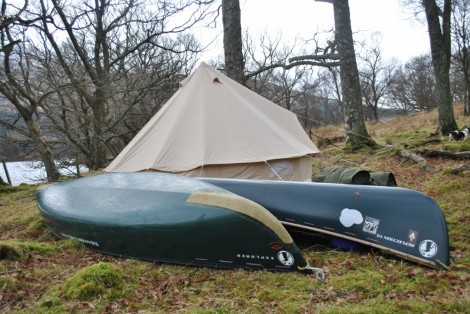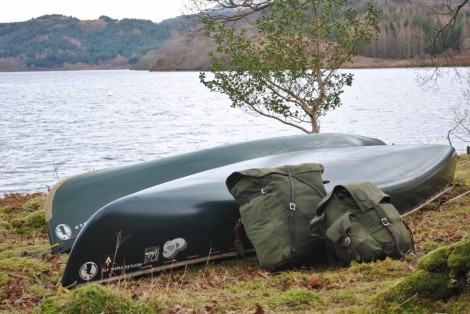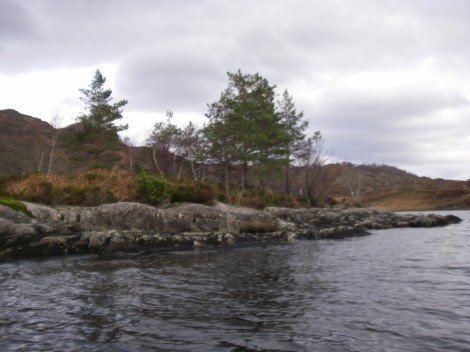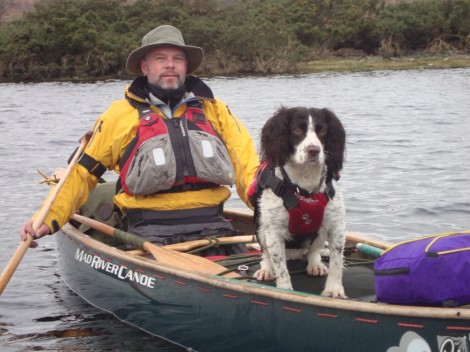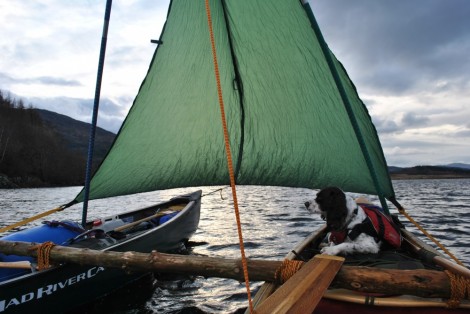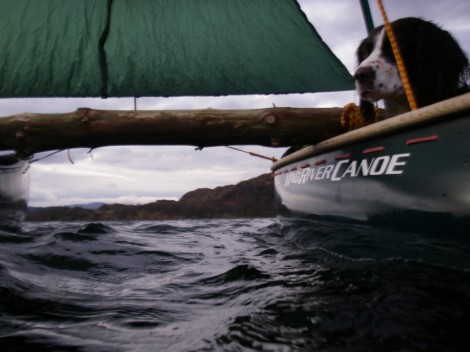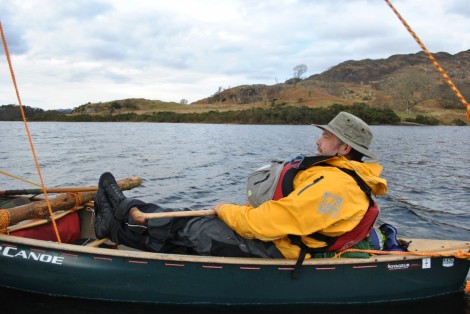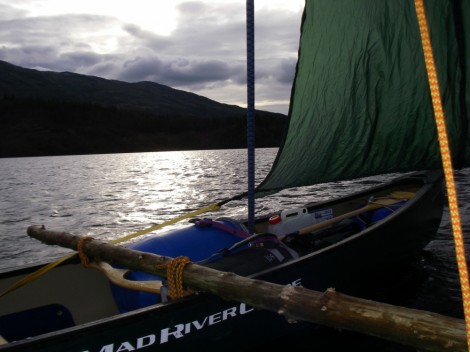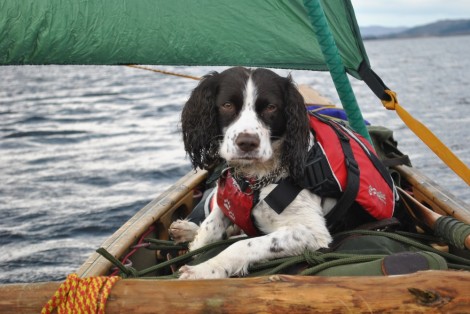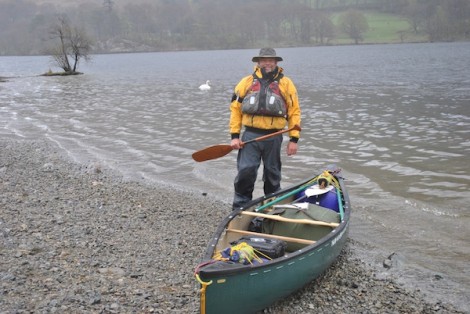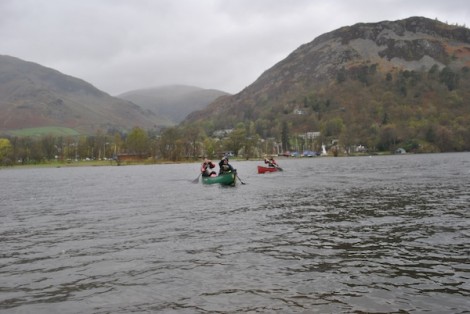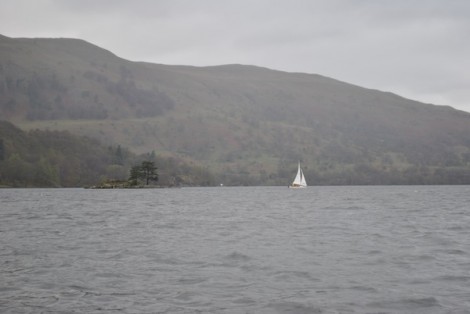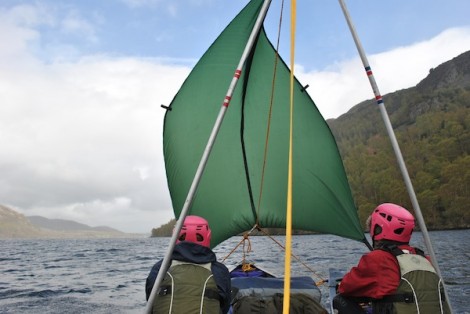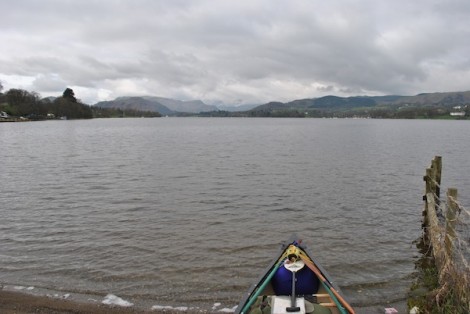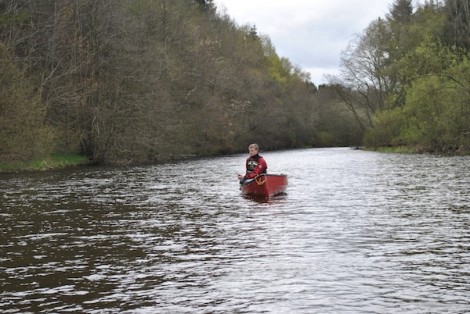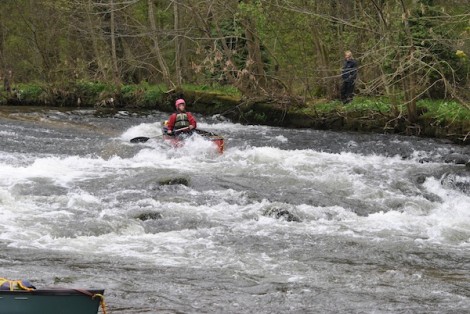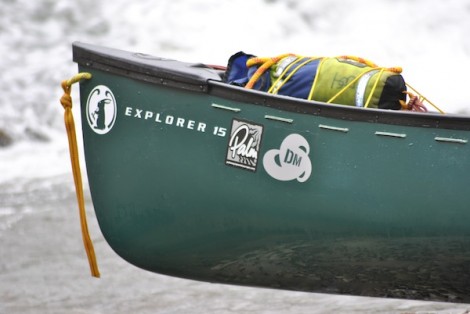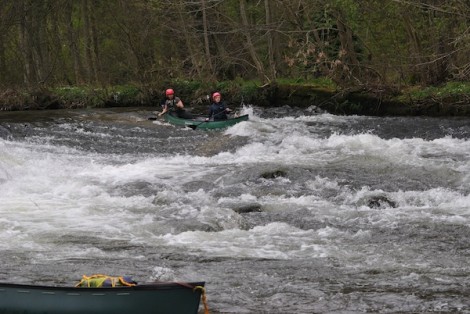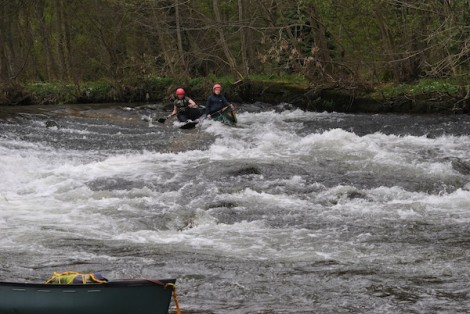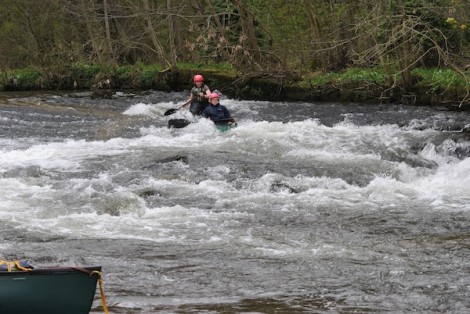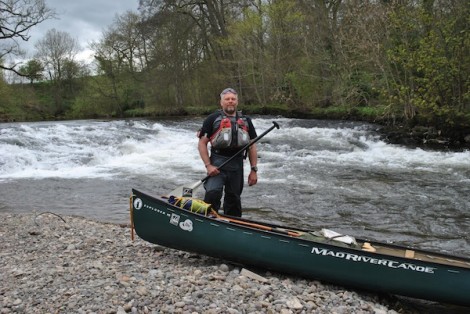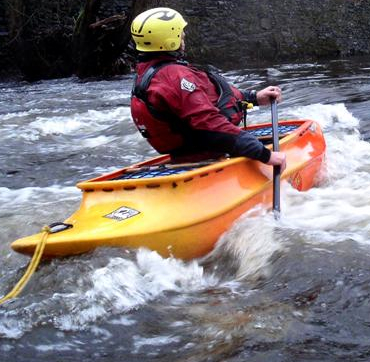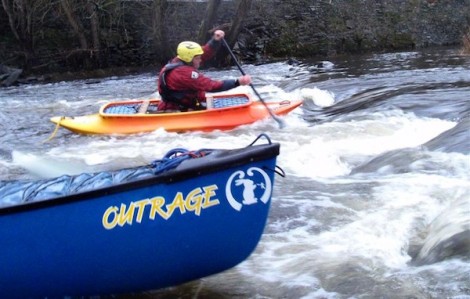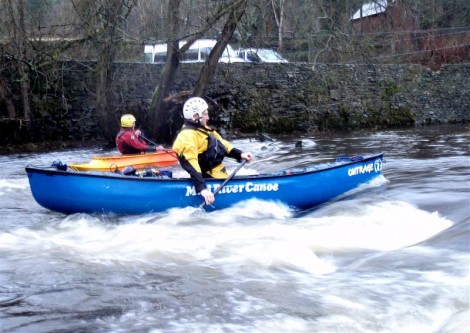Dutch Ovens & Bell Tents
Earlier this year a friend of mine asked me to take him on a little trip to the stunning Loch Sheil, which is a real wilderness experience, with no roads leading into or out of most of its banks. It is 18 miles long from its northern most end at the famous Glenfinnan monument on the ‘Road to he Isles’ to Acharcle at the southern end. Wildlife is always very plentiful and the Loch is well know for its Golden Eagles, as indeed we found out after we spotted a fine specimen which stayed with us for a while before disappearing off into the distance heading off to the surrounding forestry and mountains.
Loch Sheil is on the west coast of Scotland set in a dramatic rift, surrounded by peaks such as Moidart, Ardgour and Sunart and is around 18 miles west of Fort William by road on the A830. It is the 4th longest lake in Scotland, at 18 miles, yet averages just half a mile wide. It is very deep in parts and as it is so long it contains and is surrounded by many differing habitats. The Loch and in particular Glenfinnan is also well know for its presence in the Harry Potter films, in particular ‘The Chamber of Secrets”. So dont be surprised if whilst your at the Glenfinnan end of the Loch you see The Hogworts Express steaming across the Glenfinnan Viaduct!!
I was joined on this trip by my good friend and fellow paddler Iain together with my trusted hound Rannoch. This was Rannoch’s first trip away since snapping his cruciate ligament whilst out running and having to have it rebuilt followed by lots of physio and hydrotherapy, a rather costly affair indeed!! Bye the way has anyone tried enforcing 6-8 weeks bed rest for a Springer Spaniel?
As there were no portages planned we decided go heavy,on a trip of luxury and comfort with lots of good food, and wine of course together with some cast Iron Dutch Ovens, tripods to cook with and to finish it all off a canvas Bell Tent to live in. Boats packed, us ready and Rannoch with his own PFD fitted we set off heading north surrounded by majestic mountains lightly dusted with snow.
The weather was kind to us as we set off although it was threatening to snow on and off and there was a steady wind blowing into our faces all day. Our plan was to head north but keeping to the southern shoreline for some shelter, and make our way up to the ancient burial island of Eilean Fhianain with St Finans Chapel on it.
After battling with the now quite strong wind we decided to take shelter, have some lunch and a well earned brew courtesy of our Kelly Kettle. Lit with a small amount of Birch Bark I was carrying together with a fire steel the Kettle was soon on the go. I always carry a small supply of dry tinder type material for firefighting etc as I cant always guarantee finding something suitable near by, and I always carry a fire steel as even when wet these will give sparks unlike a wet lighter or matches. I also carry a short length of garden hose which has a piece of copper pipe with its end flattened pushed into it. I use this to blow down giving my fire or kettle lots of oxygen which is very important, especially in the early stages. I would like like to lay claim to this useful little addition, however a few years I found mention of something very similar in one of Calvin Rustrum books on wilderness living! Meanwhile whilst I kept an eye on things Iain headed off in search of some dry wood for the kettle eagerly assisted by Rannoch.
A short time later we were back on our travels, with the temperature dropping quite quickly now and the wind picking up it was time to add a layer or two, so on went my Palm Alaska, a great jacket for this type of environment. We soon arrived at the ancient burial Island and spent some time exploring it, noting that some of the dates on the tomb stones were in some cases from the last few years. I also took the opportunity to get out the fishing rod and try and catch some supper for us, but instead caught nothing!!
After leaving the island we pushed further north and started looking for a good place to camp. Eventually and just as light was starting to fade we found a good spot and set up our camp. We chose to use a Bell Tent which meant we had alot of room including standing room and cooked some fine cuisine on open fires using our Dutch Oven suspended with a tripod. A truly cracking combination.
In keeping with the mood of the trip I chose to carry my kit in traditional Duluth canoe packs, made from canvas and leather and incorporate a Tump line worn on the head whilst carrying. These packs were made popular by the late Bill Mason in the Path of the Paddle series. Very robust, very versatile and designed specifically to fit in canoes.
Over the next day or so we pushed on further up the Loch. One area of particular interest to me is the small island of Eilean Drollman which is the exact spot on which I was camping on whilst on a similar canoe trip on September 11 2001, the day of the twin towers tragedy! I was unaware of exactly what had happened until a day or so later when I visited Fort William and was stunned by the events that had occurred. Hence I now know that island as 9/11 island. It is always a weird experience visiting this spot and remembering what has happened.
All too soon it was time to head back down the loch. Luckily the wind was in our favor so we took the chance to make the most of it and sail back. We spent some time rafting the boats together and building an A-frame sailing rig to accommodate my tandem sail I had made. We opted for a single spar across the center of our boats, made from and old log we found. I like to use a single spar in the middle as it allows the boats to move independently, however if conditions are more challenging then I may use two spars, one at the bow and one at the stern. Really important here is that any knots, lashings etc used are of a quick release style in case of the event of a capsize. It is also very important to have a system for the sail to be raised and lower quickly. Remember to have a plan should anything happen i.e. man overboard, swamping or a capsize.
A good couple of days paddling and exploring can be had on Loch Sheil or a longer more interesting trip can be had by paddling the Loch Sheil circuit starts at Glenfinnan passes down Loch Sheil into Loch Moidart and then following an exposed coast line north to Glen Uig before heading further up the coast finishing at Lochailort. I have completed this circuit a umber of times and have extended it further by continuing on the River Ailort (tracking, polling and grunting!) to Loch Eilt and then finding the road at its Eastern end to portage back to the start. These trips can be reversed according to the prevailing winds and conditions.
If however if like us you are just after a few days on Loch Sheil then there are two options for launching. The first is at the northern end from a small pier near the hotel (grid 901805) and the second which is where we began our trip is at another small pier this time in Acharacle (grid 684 678).
This is another one of those special places I never grow tired of. Every time I go back I discover something new. Go and see for your self.
The final words must come from my paddling partner from the trip Iain…..
Happy paddling and see you on the water…..
Jules
I’m taking part in the rather insane and incredibly physically challenging Yukon River Quest in aid of Help for Heroes.
If you can support me your donation really will make a difference to this amazing group of young people. Please visit our fundraising page
http://bitly.com/HoPyM3o
or you can Text YUKN99 £(the amount you wish to donate) to 70070. Thank you for your support.








